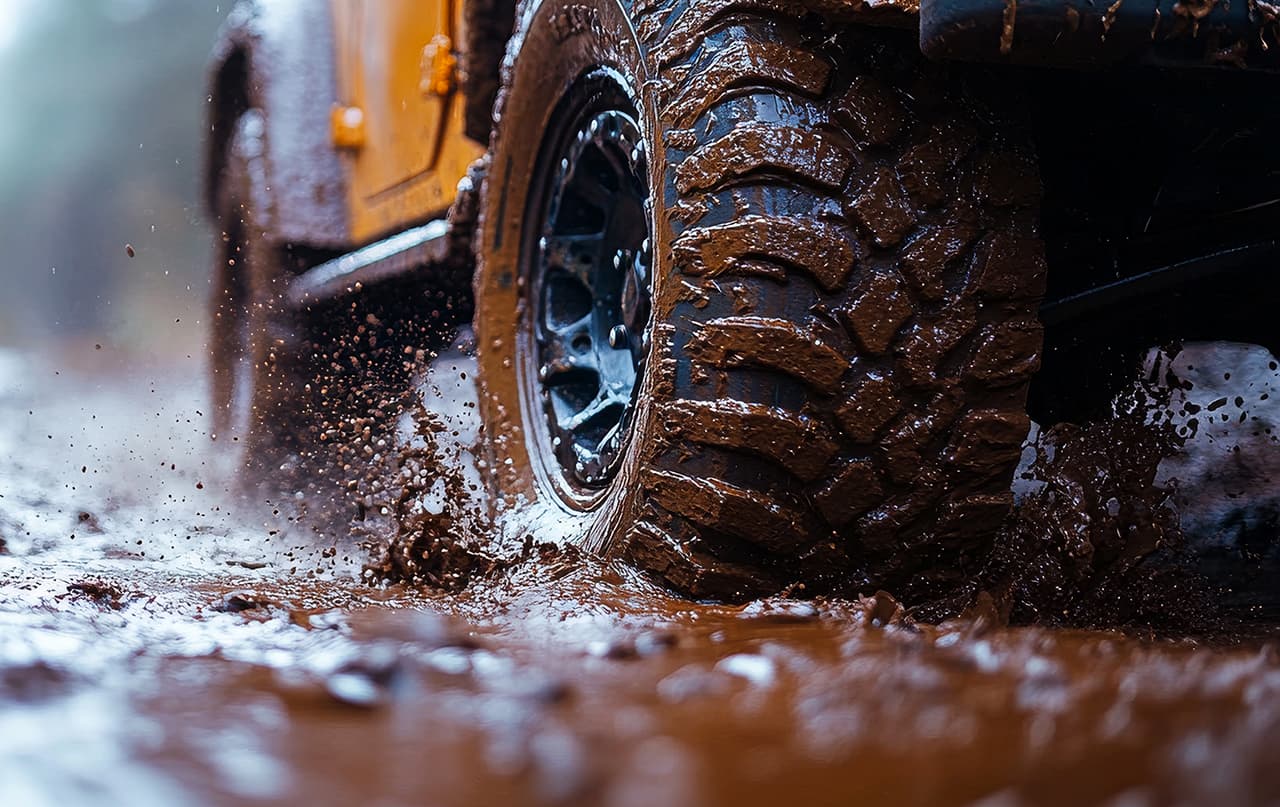When rain starts pouring, UTV owners face unique challenges that can affect both safety and enjoyment. Navigating wet conditions without proper know-how often leads to reduced traction, visibility hurdles, and other hazards. Developing solid rain-riding techniques is essential for staying in control, ensuring you can continue exploring trails and terrains—even when the skies open up.

Understanding UTV Riding in the Rain: Key Considerations
Riding your UTV in rainy or wet conditions demands a specific set of skills to maintain control and confidence. Before hitting the trails, it’s important to identify the main factors that influence how your vehicle will handle in the rain. To improve your UTV rain riding skills, pay close attention to the following aspects:
- Reduced Traction: One of the most noticeable effects of rain is the decrease in traction. Wet, muddy, or slippery surfaces can cause your tires to lose grip faster than on dry ground. This makes cornering, accelerating, and braking more unpredictable—requiring smoother inputs and a more cautious approach.
- Visibility Challenges: Rain can significantly impair your visibility. Water droplets on your windshield or goggles can create glare and blur your view of the trail. Additionally, heavy downpours may kick up mud or dirt, making it harder to spot potential obstacles. Good wipers, anti-fog treatments, and regular cleaning can help alleviate these issues.
- Impact on Braking and Cornering: Wet conditions extend braking distances, so anticipating stops and corners is crucial. Cornering too sharply on slippery terrain increases the risk of fishtailing or rollovers. Slowing down, braking earlier, and turning gently will help maintain better control.
Key Techniques for UTV Riding in the Rain
Armed with an understanding of the challenges posed by wet conditions, the next step is to apply proven techniques that help ensure safe and enjoyable rides. When gearing up, consider investing in rain-ready UTV gear to protect both you and your vehicle from the elements. Below are some essential components of effective rain-riding:
- Choose Proper Tires – Tires designed for wet or muddy terrain have deeper treads and better water-shedding capabilities. Upgrading to specialized tires can make a huge difference in traction.
- Adjust Your Speed and Following Distance – Because braking and cornering are compromised by rain, keep your speed lower than usual. Give extra space to vehicles ahead to accommodate longer stopping distances.
- Optimize Weight Distribution – Balancing weight correctly across your UTV can help improve stability on slippery surfaces. Position heavier items and passengers in a way that maintains even traction on all tires.
- Manage Throttle Inputs Smoothly – Sudden bursts of acceleration may cause wheel spin. Apply the throttle gradually to maintain grip, especially on inclines, declines, or slick corners.
Putting it into Practice: Steps for UTV Riding in the Rain
Putting rain-riding techniques into action takes practice and preparation. For detailed guidance on honing your wet-weather skills, check out this helpful blog article on UTV riding tips. Here’s a brief step-by-step outline:
- Pre-Ride Inspection – Make sure your UTV is in good working order. Check tire pressure, fluid levels, and confirm that lights, wipers, and brakes are fully functional.
- Start Slowly and Build Confidence – Begin your ride at a modest pace, gradually feeling out the terrain and your traction. As you gain confidence, you can adjust your speed while maintaining control.
- Use Clear Communication if Riding in a Group – Wet conditions can make it harder for fellow riders to see signals or intentions. Communicate frequently about hazards and your intended maneuvers to keep everyone safe.
Best Practices for UTV Riding in the Rain
- Regular Maintenance: Keep your vehicle in optimal shape. Properly functioning brakes, tires, and suspension are crucial for handling wet conditions safely.
- Protective Gear: High-quality waterproof clothing, gloves, and goggles help you stay comfortable and maintain visibility during rain.
- Plan Your Route: Avoid trails prone to flooding or deep mud if possible. Check the local weather forecasts before heading out.
- Stay Alert: Conditions can change quickly in heavy rain. Continuously scan your surroundings for puddles, rocks, or debris that can become more hazardous when wet.
Seeking Further Improvement and Expert Guidance
If you experience persistent handling issues in wet conditions or simply want more personalized coaching, consider UTV riding in the rain with expert instruction. Professional help can pinpoint areas of improvement and offer tailored solutions to boost safety and confidence.
Remember, practice makes perfect. By gradually building your skills in low-risk environments, you’ll become more adept at handling wet conditions. Stay curious, keep learning, and push your comfort zone responsibly.
Main Points to Remember
UTV riding in the rain requires careful attention to reduced traction, visibility challenges, and adjusted braking techniques. By selecting the right tires, monitoring your speed, and applying smooth throttle control, you’ll set yourself up for a safe and exhilarating ride. Stay diligent about maintenance, gear up properly, and don’t hesitate to seek professional guidance for continuous improvement. Enjoy the thrill of wet-weather adventures—while staying firmly in control.
